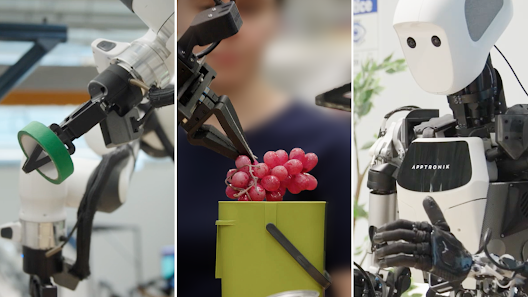London-based AI firm Wayve has launched GAIA-2, a next-generation generative AI model designed to simulate highly realistic driving environments for autonomous vehicle training.
Introducing GAIA-2: Elevated Realism for Safer AI Driving
Wayve’s GAIA-2 builds upon its predecessor, GAIA-1, which was the first ever generative world model specifically created for self-driving applications. This new release represents a significant advancement in how synthetic data is generated, offering an immersive and accurate simulation environment to train and validate autonomous systems.
Designed with a Driving-First Focus
Unlike general-purpose AI models, GAIA-2 has been engineered exclusively for the complexities of assisted and automated driving. It allows for precise control over scene dynamics, simulating road layouts, vehicle behaviors, weather conditions, and even the time of day. This fine-tuned control ensures that AI driving systems can be tested against a wide array of real-world conditions—before ever hitting public roads.
Global Data Diversity Enhances Simulation Accuracy
With operations in the U.K., U.S., and Germany, Wayve has curated a diverse dataset that reflects varying regional traffic conditions, infrastructure, and vehicle types. This diversity strengthens GAIA-2’s ability to simulate a multitude of driving scenarios with enhanced realism and variation.
Immersive Surround-View Capabilities
GAIA-2 features advanced spatial and temporal coherence, simulating multi-angle perspectives that mirror real-world multi-camera setups. This enables developers to visualize and test how AI systems react in dynamic, multi-directional environments—an essential step in ensuring road safety.
Accelerating AI Validation Through Scalable Testing
Real-world testing is expensive and limited by rare safety-critical events. For instance, in the U.S., a crash involving a tree might only occur once every 535,000 miles—making it nearly impossible to consistently capture such incidents in the real world. GAIA-2 addresses this challenge by generating repeatable and controllable simulations of these rare edge cases, drastically improving training efficiency and safety validation.
Expert Backing and Global Ambitions
Wayve’s Chief Scientist Jamie Shotton emphasized the model’s transformative potential, stating, “GAIA-2 enables systematic, scalable testing of difficult edge-case scenarios in a virtual setting. This allows us to validate our AI models more thoroughly and cost-effectively than ever before.”
Part of a Bigger Industry Shift
Wayve’s strides in synthetic data generation align with broader movements in the AI ecosystem toward automation and industrial transformation. Notably, companies like Microsoft are also advancing industry-specific AI tools. In fact, Microsoft recently introduced AI agents to revolutionize factory automation, showcasing a shared vision for AI’s role in reshaping real-world operations.
Looking Ahead
GAIA-2 is not just a tool for today’s autonomous driving systems—it’s a foundational step toward the future of scalable, safe, and reliable AI mobility. With its ability to simulate complex road scenarios and reduce dependency on real-world testing, Wayve’s innovation could become a cornerstone in the next evolution of self-driving technology.
GAIA-2’s launch comes on the heels of Wayve securing $1.05 billion in Series C funding, further cementing its position as a leader in AI for mobility.







